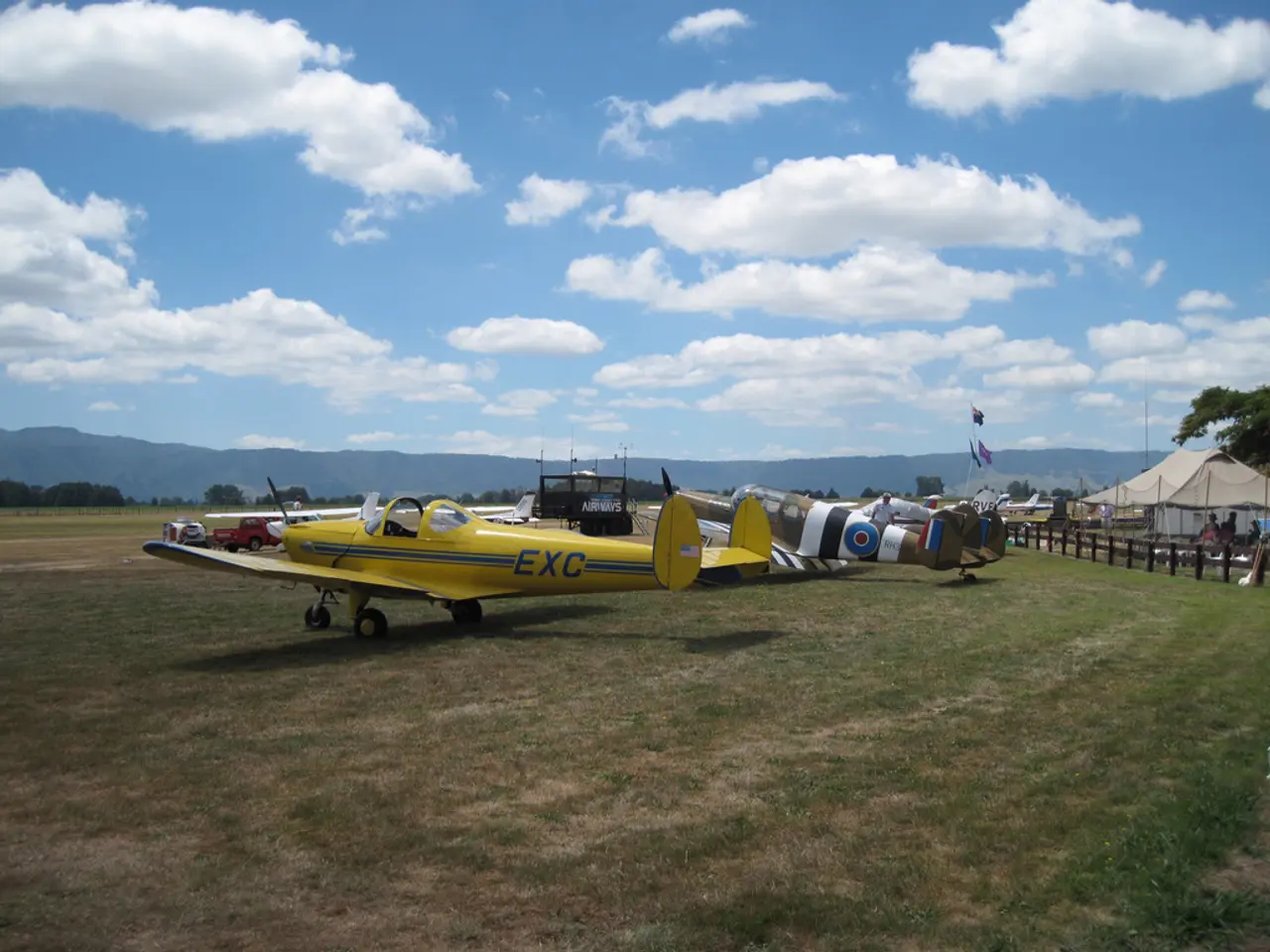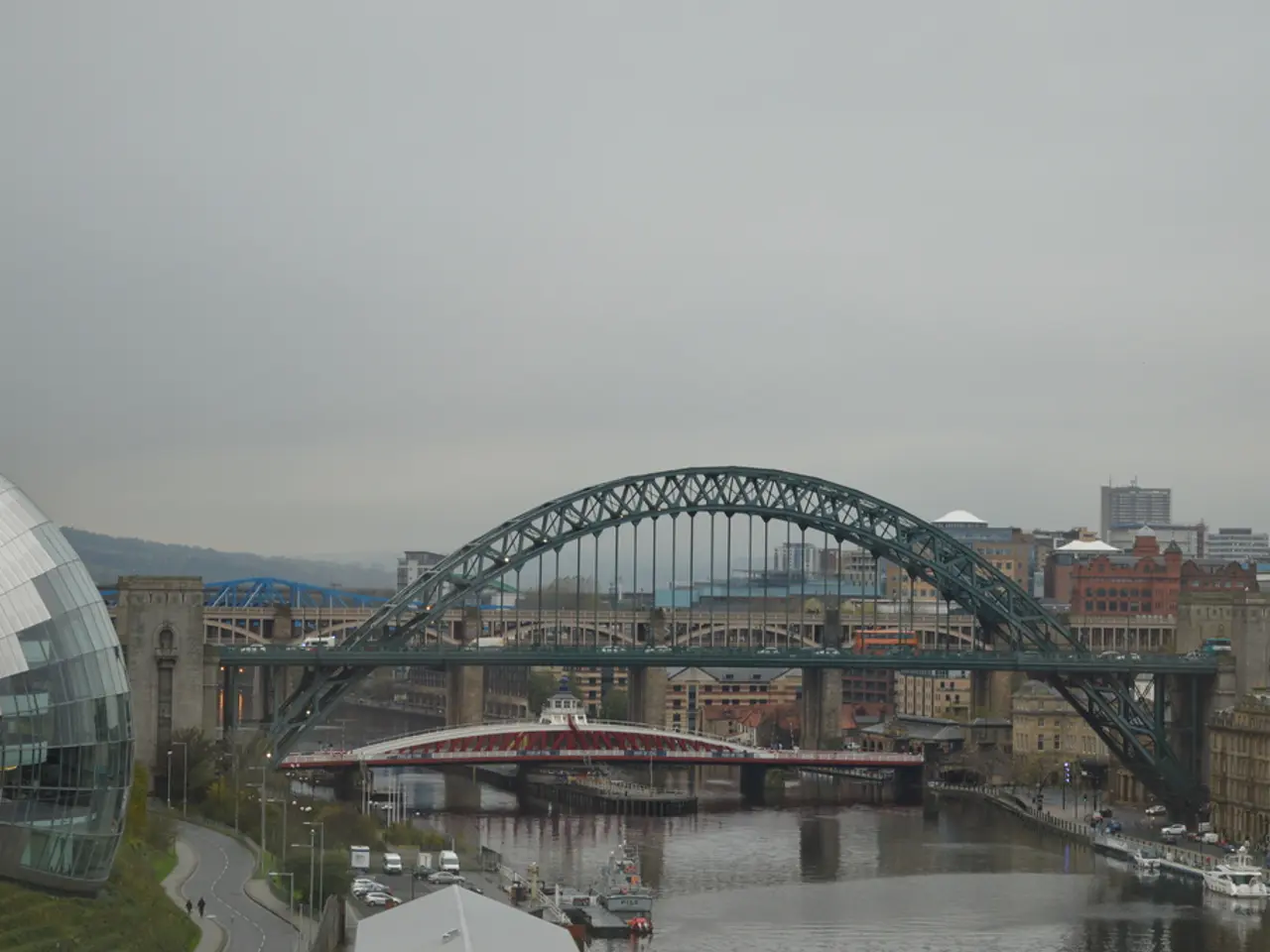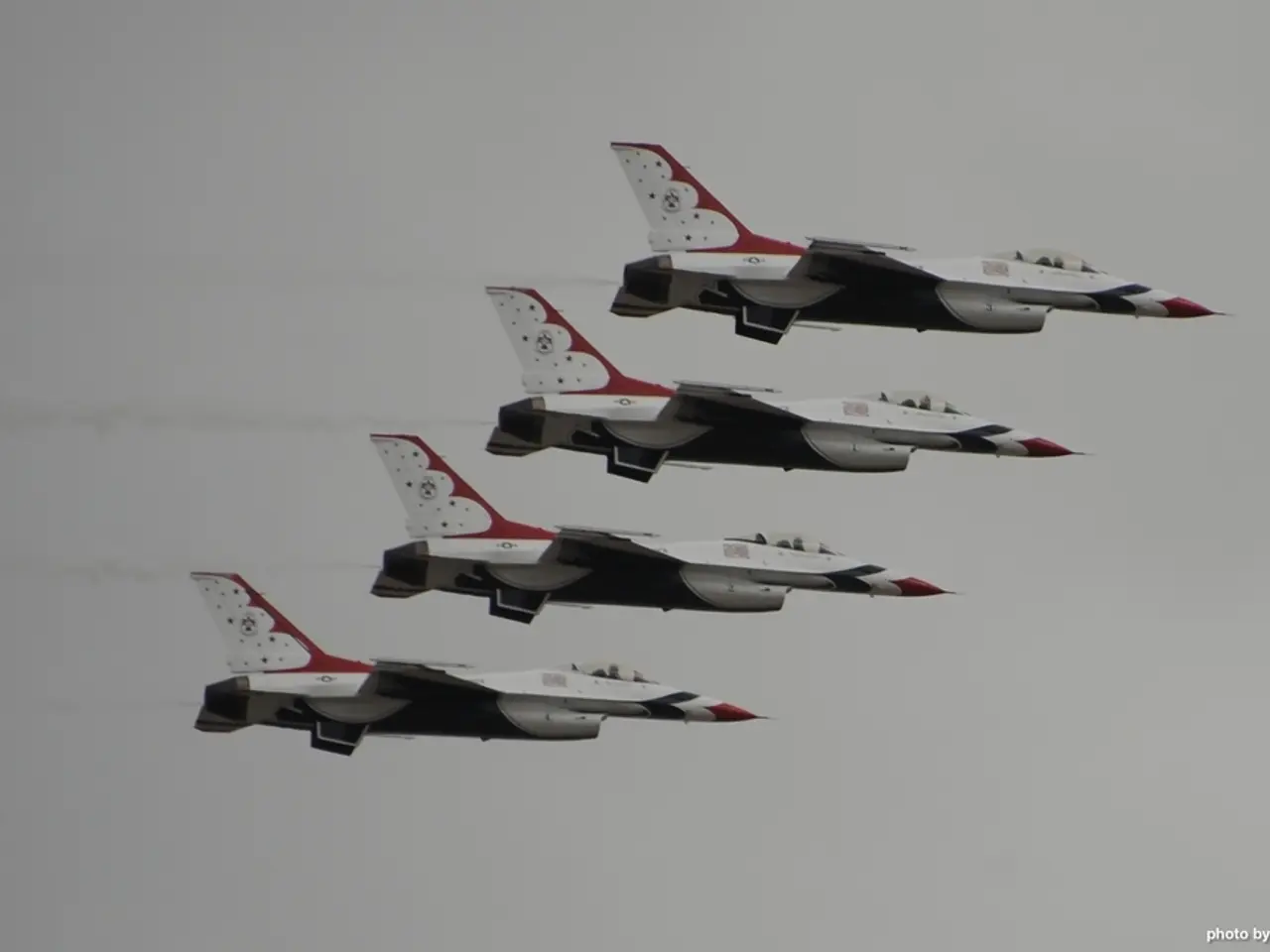Flight Restricted Zone (FRZ) Explained: Functioning and Operation
In the rapidly evolving world of drone technology, understanding and adhering to airspace restrictions has become crucial. One such restriction is the Flight Restricted Zone (FRZ), a designated segment of airspace where drone or aircraft operations face limitations or outright prohibitions.
Software solutions now integrate FRZ boundaries directly into their user interfaces, providing automatic alerts to pilots when planning routes, thereby reducing the risk of violations. This feature is particularly beneficial for drone operators, who must account for FRZs during pre-flight planning. Resources like aviation maps, drone flight software, Aloft, DroneDeploy, or DJI FlySafe can help locate FRZs, while apps like B4UFLY, FAA UAS Facility Maps, or LAANC-enabled apps serve to confirm if authorization is needed.
Government aviation agencies, such as the U.S.'s Federal Aviation Administration (FAA) and Canada's NAV CANADA, map out FRZs in databases like FAA sectional charts or NOTAMs, and NAV CANADA's RPAS tools, respectively. The authorization process to fly a drone in an FRZ typically requires obtaining explicit approval from the FAA, often through the Low Altitude Authorization and Notification Capability (LAANC) system or a manual application via the FAA DroneZone portal.
As drones become more integrated into commercial and governmental operations, enforcing airspace restrictions has become essential to protect manned aircraft, prevent security breaches, and reduce interference with emergency services. To operate legally within an FRZ, a pilot must typically obtain prior authorization through tools like LAANC or by contacting air traffic control directly.
It is important to note that the process of obtaining permission to fly in an FRZ can be facilitated through systems like LAANC in the U.S. or NAV CANADA's RPAS tools in Canada. However, operating without approval in an FRZ can result in steep fines, confiscation of equipment, or license suspension. A Canadian drone operator discovered this firsthand during a building inspection near Parliament Hill, but was able to proceed with the flight legally and safely after receiving authorization.
The rules for operating drones in FRZs vary between countries. Always check the local rules before flying to ensure compliance. The FAA has recently proposed new rules to ease some restrictions and streamline approvals for advanced operations, but these rules still require compliance with altitude, collision-avoidance, and weight limits, ensuring safety near restricted zones or airports.
In summary, flying a drone in an FRZ involves checking for alerts and airspace restrictions, then obtaining FAA authorization through LAANC or manual application before flight, adhering strictly to any notices like Temporary Flight Restrictions (TFRs) and documented FAA rules. Always remember, the FAA authorization is legally required where the airspace is officially restricted; DJI drone firmware restrictions alone do not replace FAA approval, and the legal responsibility rests with the pilot.
Technology advancements have integrated Flight Restricted Zone (FRZ) boundaries into drone flight software like DroneDeploy, Aloft, DJI FlySafe, and even apps such as B4UFLY and FAA UAS Facility Maps, providing automatic alerts to pilots while planning routes, thereby minimizing the risk of FRZ violations. In addition, software like LAANC and NAV CANADA's RPAS tools facilitate the authorization process to fly a drone within an FRZ, essential for protecting manned aircraft, preventing security breaches, and ensuring safety during operations.




